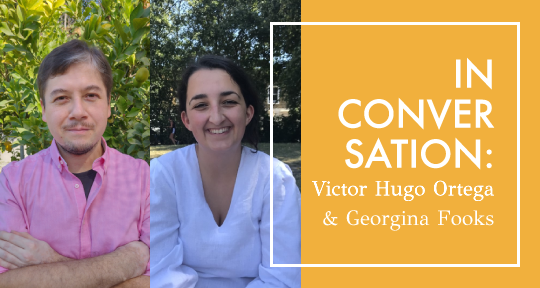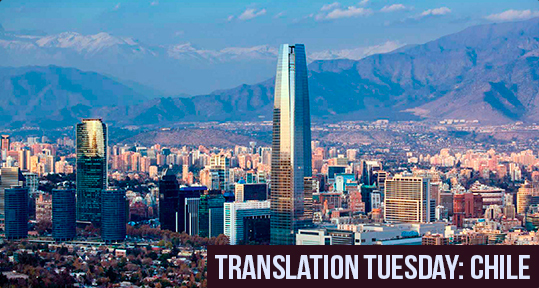In Víctor Hugo Ortega’s “The Most Beautiful Statue,” from his collection Elogio del Maracanazo, we begin with the overwhelming recollection of a car accident, only to have the narrator pull the rug out from under our feet. It’s not a tale of a traffic collision, but instead a dizzying descent into memory, taking us from anime to a bizarre but delightful encounter between a football team and a statue of Nobel winner Gabriela Mistral.
While these associations may seem eclectic, the backdrop of the city of Santiago unites these disparate elements, as is true elsewhere in Ortega’s work. His prose and poetry thematize the city, while grounding it in the specificity of Santiago and Chile to interrogate the question of chilenidad, or Chilean identity. Following the estallido social, the mass protests that erupted across the country in 2019, the country is in the process of rewriting its Pinochet-era constitution, and the question of what exactly it means to be a Chilean in Chile right now is all the more pressing. As Ortega’s translator, I spoke to him about his interest in the transient nature of the city, the theme of chilenidad, the specificity of Chilean Spanish, and his personal interest in a collaborative translation process.
Georgina Fooks (GF): I want to begin this conversation by talking about the first story of yours I translated, “The Most Beautiful Statue,” which is from your first translated collection, Elogio del Maracanazo (into Portuguese and Italian). For me, this story—as well as the book as a whole—emphasizes a number of essential themes that come up in your work: the specifically Chilean setting, TV, poetry, football. Why did you decide to have this text translated first? Does it have any special significance for your body of work as a whole?


